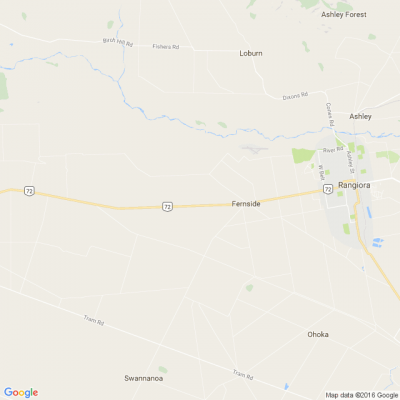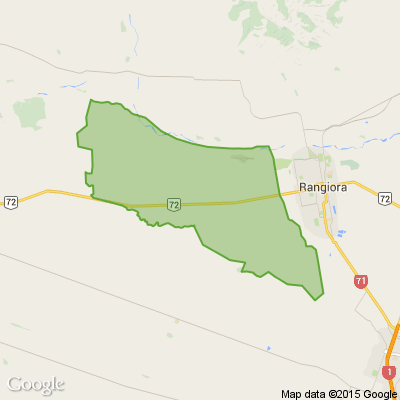Whitebait, native birds flourish in Kaiapoi thanks to targeted weeding
From local democracy reporter David Hill:
Community efforts are helping īnanga/whitebait to flourish at Kaiapoi in North Canterbury.
The sweeping wetland surrounding the Kaiapoi River is home to īnanga/whitebait and native birds like the matuku-hūrepo/Australasian bittern.
Over the last 15 years, the wetland has been steadily invaded by pest plants.
But an Environment Canterbury (ECan) led-project is attempting to set the balance back in favour of the original native plants.
“We're using targeted weeding, which means we’re leaving native undergrowth untouched and flood protection trees, where necessary, while eliminating yellow flag iris,” ECan braided river revival regional lead Greg Stanley said.
“No planting is needed as native species will flourish with space.”
Native wetland and saltmarsh communities grew beneath a canopy of planted and wilding willow trees.
Raupō, bullrush, harakeke, juncus, and carex were among the species inhabiting the area, providing sustenance and shelter for īnanga habitat.But yellow flag iris has quickly spread through the berm habitats, displacing wetland communities.
The iris infestation out competed native plants, threatening the habitat that īnanga rely on.
Without removal, the saltwater-tolerant weed was likely to outlast the willows, which were slowly dying back with saltwater intrusion and targeted removal.
“This is a really big problem,” Stanley said.
“With sea level rise, climate change, and saltwater intrusion, the conditions are moving to allow yellow flag iris to become increasingly dominant.”
Without intervention, īnanga were unlikely to survive, he said.
“Īnanga can't use yellow flag iris for laying eggs.
“The native plant species all have classic grassroots which form dense raft mats that the īnanga stick their eggs to, whereas the yellow flag iris is like a ginger root.”
Previous spawning grounds identified at the confluence of Kaiapoi River and Courtenay Stream have been increasingly choked by iris intrusion.
This has reduced the spawning ground, with little else available.
The project began in November 2021 and was now in its second season.
It was one of 23 river sites ECan was transforming throughout Waitaha/Canterbury.
The Regionwide Berm Transition Project was part-funded by the Ministry of Business, Innovation and Employment's Kānoa – Regional Economic Development and Investment Unit.

Neighbourhood Challenge: Who Can Crack This One? ⛓️💥❔
What has a head but no brain?
Do you think you know the answer? Simply 'Like' this post if you know the answer and the big reveal will be posted in the comments at 2pm on the day!
Want to stop seeing these in your newsfeed?
Head here and hover on the Following button on the top right of the page (and it will show Unfollow) and then click it. If it is giving you the option to Follow, then you've successfully unfollowed the Riddles page.

Ashley Christmas Carol Service - All Welcome
Time for our annual Christmas Carol Service.
7 pm Wednesday 24 December - that's Christmas Eve.
39 Canterbury St, in the Ashley Village - signposted from Scenic Route 72.
Our guest service leader, Paul Askin, and his band of talented musicians will take us through a programme of favourite carols and worship.
Supper to follow.
A koha/donation will be greatly appreciated. Funds raised go towards the maintenance and repairs of our heritage building.
Enquiries: Ph 027 289 1380

Some Choice News!
Many New Zealand gardens aren’t seeing as many monarch butterflies fluttering around their swan plants and flower beds these days — the hungry Asian paper wasp has been taking its toll.
Thanks to people like Alan Baldick, who’s made it his mission to protect the monarch, his neighbours still get to enjoy these beautiful butterflies in their own backyards.
Thinking about planting something to invite more butterflies, bees, and birds into your garden?
Thanks for your mahi, Alan! We hope this brings a smile!








 Loading…
Loading…